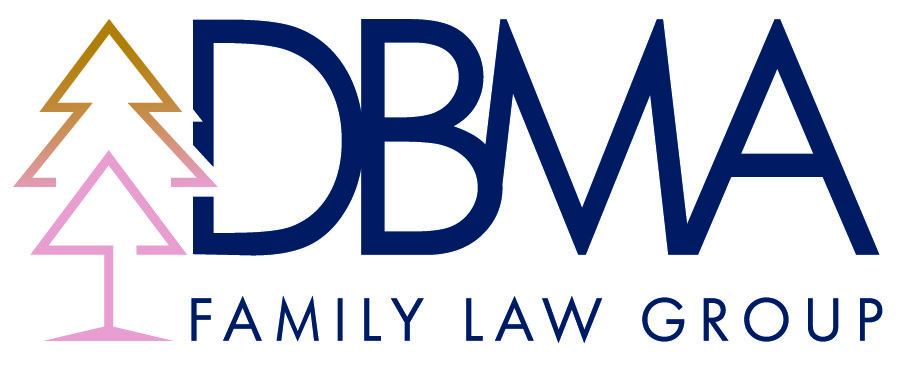Does Collaborative Divorce Work?
What is collaborative divorce?
It’s no secret that the process of a divorce can be a contentious affair — unraveling property, finances, and debt, not to mention potentially sensitive topics like child and spousal support, custody, and parenting time, can be an incredibly stressful undertaking for many couples.
But what the collaborative divorce process presupposes is…what if it wasn’t? What if couples who decided to divorce were able to use a specific combination of mediation, negotiation, and collaboration in order to create outcomes that were the best possible scenarios for all involved?
Sounds too good to be true, right? Well, perhaps it is for some. But for those couples who are capable of doing so, a collaborative divorce can be a successful process that focuses more on achieving a reasonable level of equity between parties than it does on dismantling one another’s characters.
Does collaborative divorce really work?
Yes, it can work, but it requires a different sort of commitment than a standard divorce process. Both parties must be willing and enthusiastic participants in a collaborative divorce, or else it just won’t work. And when we say enthusiastic, we mean open, forthright, and willing to negotiate.
Our standard tenets for a successful collaborative divorce include the following pledges:
Each party must commit to seeking an equitable resolution or without threatening to take the matter to court
If either party should choose to invoke a court process prior to reaching an agreement to do so, then both of their attorneys should withdraw themselves from the case
All parties involved in the collaborative divorce negotiations must be willing and active in their disclosure of all relevant information pertaining to the material issues in the case
All communication, whether it be from clients, attorneys, or other parties, should be respectful and constructive in its nature
Any written communications and materials created as a part of the collaborative divorce process will not be admissible in any potential future court proceedings
How does collaborative divorce work?
First, a divorcing couple must determine if they are capable of participating in the collaborative divorce process. A collaborative divorce, in theory, might sound simple to navigate. For some, it might even sound simple. However, in reality, a collaborative divorce is no small feat.
It requires a great deal of maturity for both parties, as well as a level of openness, communication, and a real willingness to negotiate. If you believe that you and the person you’re divorcing can enter into this process in good faith, then you each need to find representation who is trained to conduct collaborative divorce cases.
This is a point we need to make very clear: Collaborative divorce requires specific training with a focus on meditation or other means of alternative dispute resolution. Not all attorneys have this experience or training.
At its core, a collaborative process-driven outcome is designed to help all parties maintain as healthy as possible relationships, regardless of marital status, especially in those instances where children are involved.
This means striving to achieve outcomes that are of the best interest of the children, as well as meet the distinct needs of the divorcing parents. In order to do so, several meetings between camps are held in order to discuss core issues, gather and share information, brainstorm how to resolve any relevant conflicts, and resolve those conflicts.
Still, remember that your collaborative divorce-trained attorney’s goal is to make sure that your best interests are met through this process, and that a part of this may be done by referring you to collaborative specialists who become part of the collaborative professional team, to weigh in on important issues, such as finances, child child custody, parenting time, and more.
Who does a collaborative divorce team consist of?
Though the shape of these teams can differ depending on the circumstances of the relationship and the needs of the case, a collaborative team includes each party’s respective attorneys and possibly a family transition specialist, a finance specialist, and/or a child specialist.
Each one of these specialists are focused on the welfare of the family, particularly that of the children, while also working closely with each parent in order to give them the tools that will help their children feel supported throughout the divorce process and beyond.
Who is a collaborative divorce for?
Well, it’s not for everyone. It’s for those couples who, despite their decision to dissolve their marriage, are still willing to negotiate the terms of their divorce in a way that is open, constructive, and intent on creating reasonable outcomes without having to enter into the court.
Are you open to communicating with your spouse in a group setting and are you willing to work with your attorney in order to communicate more effectively? Do you feel you can trust your spouse’s word in this process? Can you maintain the level of rationality required to see this through?
If so, then the collaborative divorce process might be right for you. But if your relationship has a history of unresolved abuse, or if the tension is simply way too high to collaborate and negotiate the terms of your divorce, then a more standard, court-driven process is more likely the approach you should take.
Can DBMA Family Law help me with a collaborative divorce?
Yes! Our team consists of attorneys who are trained on the collaborative process, and are experienced in helping our clients achieve equitable outcomes while keeping their divorces out of court.
If you’re interested in learning more, please contact us today for your confidential consultation. We look forward to working with you!

